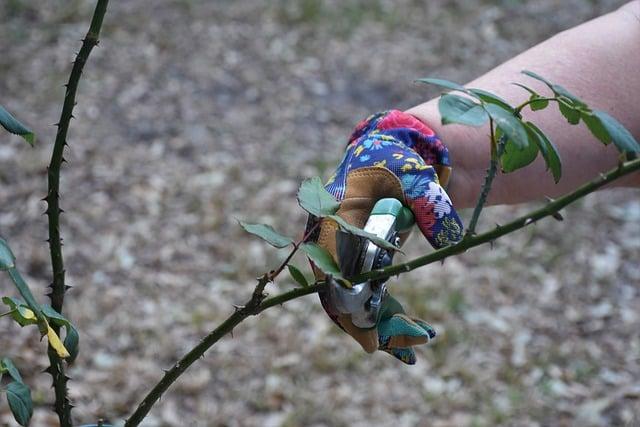Pruning plays a crucial role in maintaining the health and appearance of shade trees. Proper pruning techniques not only ensure the longevity of the tree but also promote optimal shade coverage and structural integrity. When it comes to pruning shade trees, it is essential to follow specific guidelines to achieve the desired results. According to Aggie Horticulture, the initial pruning should focus on removing broken, crossing, and pest-infested branches to encourage healthy growth [1]. Additionally, structural pruning, as outlined by the University of Florida, involves selectively favoring a dominant leader by suppressing competing leaders through reduction cuts [3]. By identifying and removing dead, diseased, or crossing branches using clean, sharp tools, proper tree trimming can help enhance shade coverage and airflow [2]. Understanding these techniques is essential for maintaining healthy and beautiful shade trees in any landscape.
Pruning shade trees is essential for maintaining their health and promoting optimal growth. Proper pruning techniques can help improve air circulation, sunlight exposure, and overall tree structure. One of the benefits of pruning shade trees is that it can help prevent disease and pest infestations by removing dead or diseased branches.
When it comes to the best timing for pruning shade trees, it is generally recommended to prune during the dormant season, which is typically late winter to early spring. This allows the tree to heal more quickly and reduces the risk of stress or damage. Using the correct tools for pruning shade trees is crucial to ensure clean cuts and minimize the risk of injury to the tree. Sharp bypass pruners, loppers, and pruning saws are recommended for various sizes of branches.
Proper techniques for pruning shade trees include making cuts at the correct angle just outside the branch collar to promote healing. It is important to avoid topping or excessive pruning, as this can lead to weak growth and potential tree decline. When considering pruning mature shade trees, it’s essential to consult with a certified arborist to assess the tree’s overall health and determine the best approach. Improper pruning practices can result in structural weakness, disease spread, or even tree death.
Q&A
Q: Why is pruning important for shade trees?
A: Pruning shade trees is essential for their health and longevity. It helps to remove dead or diseased branches, promotes proper growth, improves air circulation, and enhances the overall aesthetics of the tree [1].
Q: When is the best time to prune shade trees?
A: The dormant season following planting is the ideal time to begin training a shade tree. It is recommended to shape young trees during this period, but avoid cutting back the leader. Remove crossing branches and any damaged or overcrowded growth to maintain the tree’s form and health [2].
Q: What are some common pruning techniques for shade trees?
A: Some common pruning techniques for shade trees include removing broken, rubbing, or crossing branches. Cutting back a few of the smallest branches to the trunk can help direct growth and maintain the tree’s structure. Additionally, avoiding excessive pruning of the leader and being mindful of the tree’s natural growth pattern are essential practices [3].
Conclusion
proper pruning techniques for shade trees are essential for maintaining their health, appearance, and longevity. By following guidance such as making small cuts to direct growth [1], removing broken or rubbing branches [2], and ensuring that pruning cuts are made without injuring the trunk [3], tree owners can effectively manage the growth of their shade trees. Remember, regular pruning not only enhances the aesthetics of trees but also promotes their overall health and structural integrity. Thank you for exploring the importance of pruning techniques for shade trees with us.
Simpsons Tree Services, Servicing Melbourne’s North Eastern Suburbs
Book a quote online at www.simpsonstrees.com.au




